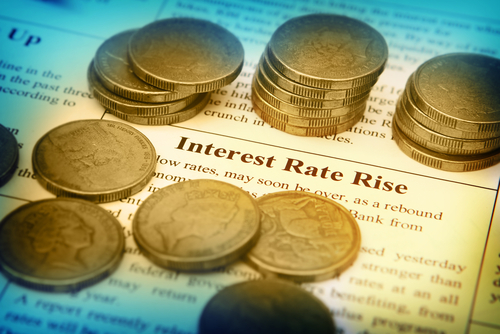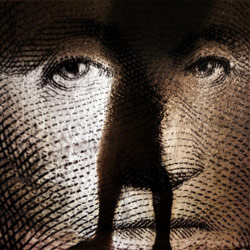There has been an economic coup d’état in America and most of the world. We are now ruled by about 200 unelected central bankers, monetary apparatchiks and their minions and megaphones on Wall Street and other financial centers.
Unlike Senator Joseph McCarthy, I actually do have a list of their names. They need to be exposed, denounced, ridiculed, rebuked and removed.
The first 30 includes Janet Yellen, William Dudley, the other governors of the Fed and its senior staff. The next 10 includes Jan Hatzius, chief economist of Goldman Sachs, and his counterparts at the other major Wall Street banking houses.
Then there is the dreadful Draghi and the 25-member governing council of the ECB and still more senior staff. Ditto for the BOJ, BOE, Bank of Canada, Reserve Bank of Australia and even the People’s Printing Press of China. Also, throw in Christine Lagarde and the principals of the IMF and some scribblers at think tanks like Brookings. The names are all on Google!
Have you ever heard of Lael Brainard? She’s one of them at the Fed and very typical. That is, she’s never held an honest capitalist job in her life; she’s been a policy apparatchik at the Treasury, Brookings and the Fed ever since moving out of her college dorm room.
Now she’s doing her bit to prosecute the war on savers. She wants to keep them lashed to the zero bound—-that is, in penury and humiliation—–because of the madness happening to the Red Ponzi in China. Its potential repercussions, apparently, don’t sit so well with her:
Brainard expressed concern that stresses in emerging markets including China and slow growth in developed economies could spill over to the U.S.
…click on the above link to read the rest of the article…












